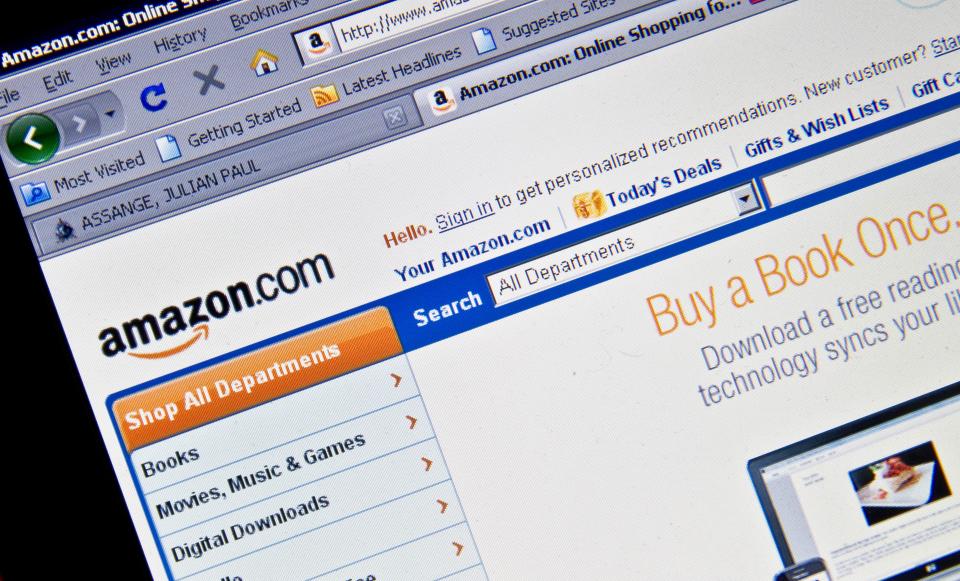'When you shop on Amazon... buyer beware': analyst
Over 4,000 items sold on Amazon were declared unsafe by federal agencies, according to a Wall Street Journal investigation. At least 2,000 of those items were toys and medications that did not include warnings about health risks to children.
The items were listed by the millions of third-party sellers that flock to Amazon’s site. In 2018, 2.5 million merchants sold items on Amazon, according to Marketplace Pulse.
“When you shop on Amazon, you are looking at millions of products that are being sourced by hundreds of thousands of either sellers or things of that nature,” D.A. Davidson senior analyst Tom Forte told Yahoo Finance’s On the Move. “So the way I think about it is buyer beware.”
In legal disputes, Amazon argues that it is not the seller and therefore cannot be responsible for any liabilities from third-party sellers. In response to the WSJ report, Amazon said it invested more than $400 million just last year to “to ensure products offered are safe, compliant, and authentic.”
Forte argues that policing the site has been a struggle for Amazon from the beginning.

“Amazon never had control of its business,” he said. “Part of the structural challenge for Amazon and offering a product and not probably policing them as carefully as possible on an individual basis is that you don't have control — it's difficult to monitor such a large ecosystem but with so many products. ”
A lucrative business for Amazon
The company’s third-party sellers business dates back to 1999 and has been lucrative and profitable for the company. In 2018 alone, Amazon made $42.7 billion from fees that third-party sellers pay to reach their customers.
“The upside for Amazon is it offers consumers millions of products,” Forte said. “The downside is a small portion of this product are not great product. “
Amazon responded to the investigation by taking down 83% of the products that the WSJ identified as unsafe or banned.
“I do think to that point, if you look at what's happening on a global basis for the four big horsemen of — Amazon, Apple, Facebook, and Google — you're seeing governments looking at it and saying, do these companies have too much influence on consumers?” Forte added. “And are they perhaps in some instances, abusing this influence.”
Valentina Caval is a producer for Yahoo Finance.
Read the latest financial and business news from Yahoo Finance
Follow Yahoo Finance on Twitter, Facebook, Instagram, Flipboard, SmartNews, LinkedIn, YouTube, and reddit.


